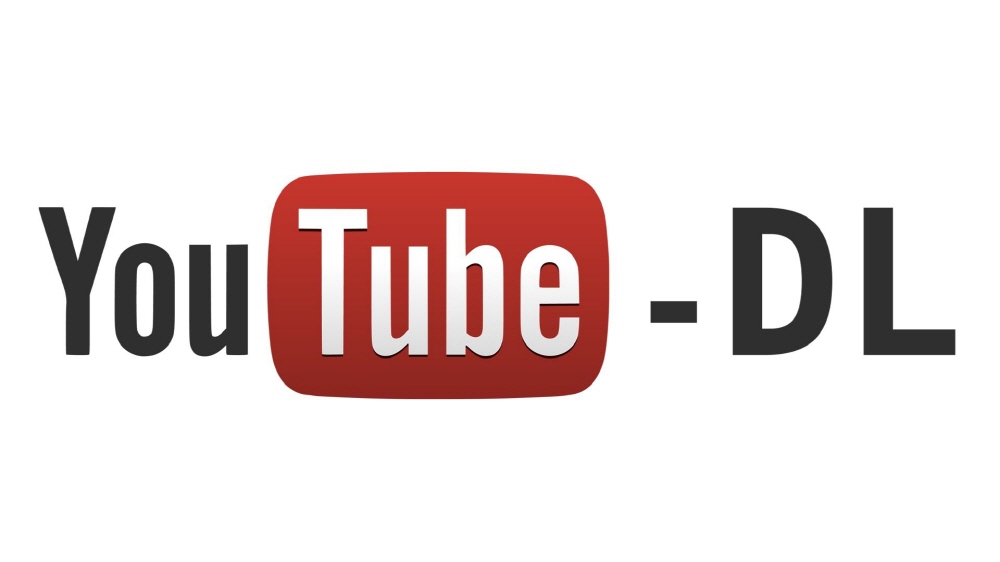
YouTube -dl ( youtube-dl ), which allows you to download videos or extract audio from video sites like YouTube, is an open source development program hosting the GitHub project. However, when the National Records Association RIAA requested that it is a violation of the DMCA of the Digital Millennial Copyright Act, the YouTube-dl repository was completely deleted from GitHub, causing controversy. In the midst of this, YouTube-dl creator Ricardo García explains on his blog how he developed YouTube-dl and draws attention.
In the early 2000s, Garcia lived in a village about 5 to 10 kilometers from the city of Aviles, Spain. In the city of Aviles, the Internet infrastructure was well established, and optical lines and ADSL Internet were available. However, the infrastructure he lived in was poor. Moreover, a number of copper theft incidents occurred in the village, and the telephone company line was neglected without improving its poor quality condition. As a result, Garcia used the Internet with a phone line connection with a communication speed of only a few KB per second.
Then, from around 2006, YouTube, where you can easily watch videos online, became popular. However, under Garcia’s Internet connection, even a video as short as 10MB takes about 40 minutes to download, so streaming was not possible at all.
Therefore, he decided to consider how to save videos posted on YouTube locally. From that time on, there was already a way to download videos from YouTube. This is the explanation that YouTube-dl was born.
When developing YouTube-dl, he made user convenience a top priority. The YouTube-dl code is thus written in Python, which is rich in standard libraries, and has been command-line programming to become a platform independent tool.
YouTube-dl supports not only YouTube, but also Vimeo, Facebook, LiveLeak, and Dailymotion. Of course, the initial version was a simple program that only supported YouTube. The number of source code lines was 223 lines, but the actual lines of code were 143 lines, 44 comments, and 36 blank lines. Even if you look at the name, the purpose of the program is clearly and clearly expressed in YouTube-dl.
Garcia released the program as a free software license in August 2006, seeing that it could be helpful to someone, although he had been using it in a Linux environment for several years after development. At the time, GitHub didn’t exist yet, so he released the YouTube-dl code in the homepage web space allocated when signing a contract with an internet service provider.
YouTube-dl’s popularity has grown more and more, and thank-you emails from users poured out. As voices increased asking to respond to other sites, the program was restarted from the beginning in 2008, and the project hosting company also switched to Bitbucket, which uses Mercurial as a version control system in the web space at its own expense. Also, in November 2010, it switched to Git as a version control system and changed to GitHub.
Before YouTube officially adopted HTML5, Garcia worked hard to make YouTube-dl compatible with HTML5. However, since late 2011, he focused on other software development and, after several months of being unable to participate in the YouTube-dl project, he decided to quit the YouTube-dl manager and transferred maintainer rights to another development team. Accordingly, he is not currently involved in the development of YouTube-dl.
Garcia, as a tool, wants to convey that the purpose of YouTube-dl is almost unchanged in its 14-year history, but YouTube-dl is useful for offline access to reviews, reports, podcasts, lectures, etc., even in places less blessed with internet access. I emphasized. Related information can be found here .

